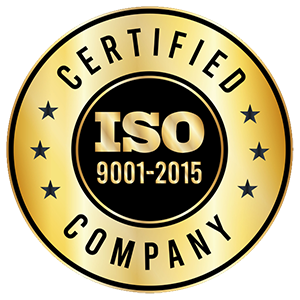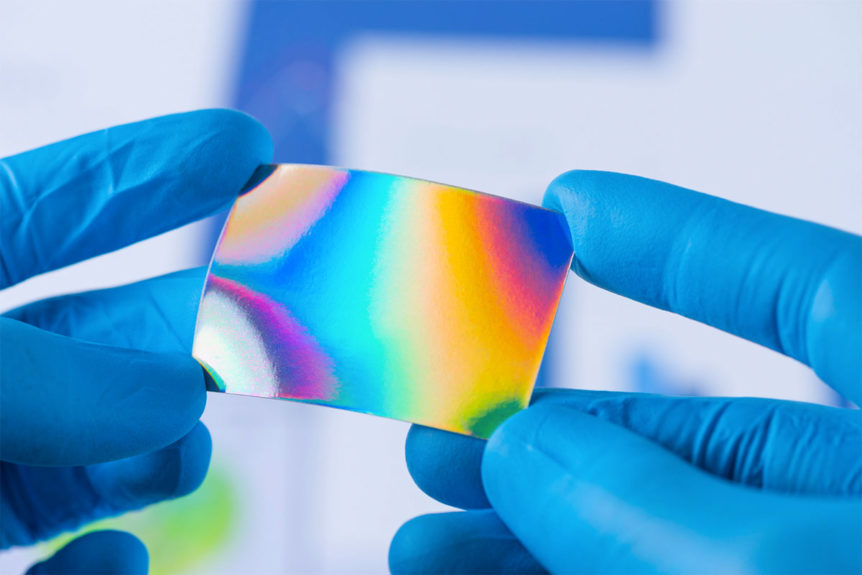This post is intended to provide an overview of the engineered coatings development process. While every lab and chemist have refined their own approach to the process, the basic strategic thinking remains fairly consistent.
Hundreds of coating methods have been developed to meet distinct product specification needs, providing a wide range of process and performance characteristics. This breadth is useful in addressing new products as well as for improving and upgrading cost and quality of existing products. Many of the coating methods are from the past development of internally created products. In general, the following are the key steps in the process of engineered coatings development:
- General process design
- Material specification
- Manufacturing tooling specification and design
- Oven design and automation
- Chemical delivery system
- Statistical optimization software
- Process quality specifications and quality inspection plan
- Establish a process control plan with specific control data points and acceptable range of process control data
- A surface preparation specification and process method
- Handling procedures
- Manufacturing technician training
- Ramp up plan
Over time we have seen that the best coating method for a given application depends on the end-product requirements, the conditions in which it will be manufactured, and the potential “robustness” of the method and coating solution – plus a view of the long-term economics. There is not a “best method” that fits all uses, but having both a palette of many methods and a good deal of experience helps greatly in choosing the right course for a project.
We evaluate coating formulations to fit a range of requisite parameters when choosing a coating method, including:
- Coating thickness and weight targets before and after curing
- Substrate properties – dimensional stability, surface characterization, thickness and uniformity, and surface tension relative to the coating fluid
- Application speed and any tradeoff vs. thickness uniformity need
- Multiple layer need
- Recyclability and yield need, which may be different for fluid and substrate used
- Needed properties to be added during the coating or later (e.g., adhesion, security features, abrasion resistance, etc.)
- Filtering, mixing, or de-aeration challenges
- Need for proper drying temperature profile
- Conveyance issues
Another key approach is the development of models that can provide direction for subsequent experiments to optimize the process. Despite their usefulness, models are only guides. Models typically assume idealized conditions that do not fully reflect actual process conditions and coating solutions’ physical properties. Experiments are run in combination with the models to verify predictions and refine future experiments.
National Polymer offers a complete engineered coating development service and our own in house formulation chemists are continually developing new coatings and surface technologies that are designed to satisfy todays ever increasing engineering requirements.
Whether you wish to increase temperature performance, load bearing performance, chemical or corrosion resistance, improve adhesion, reduce weight, or improve mechanical performance – we can develop a surface technology for you, contact us today at 1-800-679-0477 to discuss your specific coating needs.
Thank you for reading our Blog!



